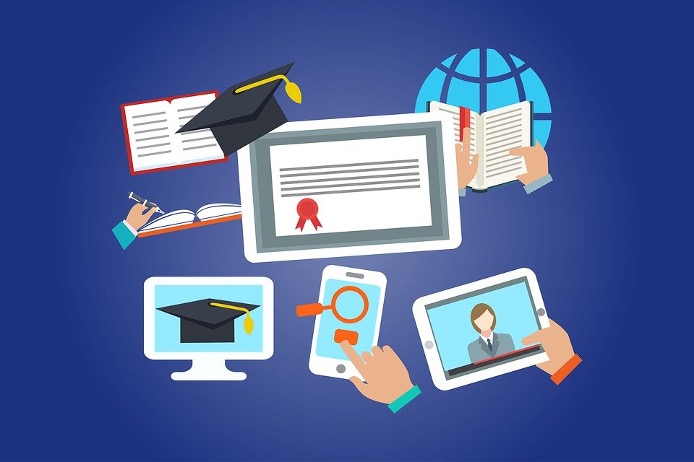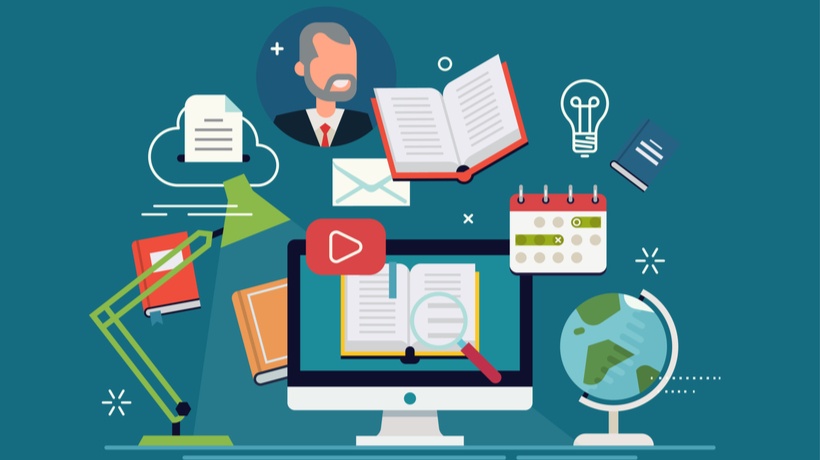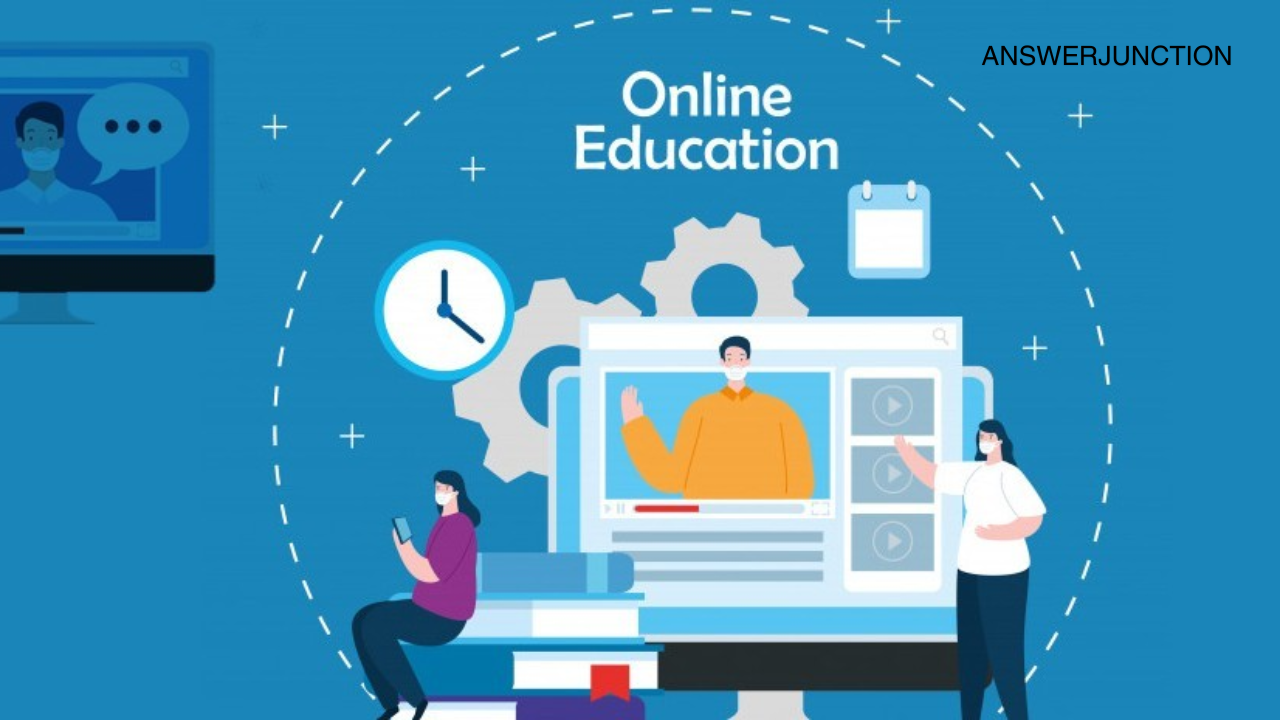Technology has profoundly transformed numerous sectors, with education being one of the most significantly impacted areas. The integration of technology into traditional education systems has not only changed the way knowledge is delivered but also how students engage with the content and each other. This article delves into the multifaceted impact of technology on traditional education, examining both the benefits and challenges that arise as educational institutions adapt to this technological revolution.
1. Introduction to the Digital Age in Education

The advent of technology has ushered in a new era in education. From the introduction of personal computers in classrooms to the rise of online learning platforms, technology has created opportunities for enhanced learning experiences. As traditional education systems face challenges such as overcrowded classrooms, diverse learning styles, and the need for personalized education, technology offers solutions that can cater to these demands.
In this digital age, students are no longer passive recipients of information; they are active participants in their learning journey. The shift from traditional teaching methods to more technology-integrated approaches has redefined the educational landscape, prompting a need to explore how these changes are shaping both teaching and learning.
2. Enhanced Access to Information
2.1 Availability of Resources
One of the most significant impacts of technology on traditional education is the enhanced access to information. The internet has become a vast repository of knowledge, enabling students to access a wide range of resources, including e-books, online journals, and educational videos. This availability allows learners to delve deeper into subjects of interest and encourages self-directed learning.
2.2 Overcoming Geographical Barriers
Technology has also made it possible for students to access quality educational resources regardless of their geographical location. Students in remote or underserved areas can now benefit from online courses and virtual learning environments. This democratization of education fosters inclusivity and allows learners from diverse backgrounds to pursue their educational goals.
3. Personalized Learning Experiences
3.1 Tailored Educational Content
Technology facilitates personalized learning experiences, allowing educators to tailor content to meet the unique needs of each student. Adaptive learning technologies analyze students’ performance and provide customized resources and assessments, ensuring that learners progress at their own pace. This individualized approach can significantly enhance student engagement and comprehension.
3.2 Data-Driven Insights
With the help of technology, educators can collect and analyze data on student performance, engagement, and learning preferences. This information enables teachers to identify areas where students may be struggling and adjust their teaching strategies accordingly. Data-driven insights empower educators to make informed decisions that enhance the overall learning experience.
4. Improved Engagement and Collaboration
4.1 Interactive Learning Environments
The integration of technology into traditional education has led to the creation of interactive learning environments. Tools such as multimedia presentations, simulations, and virtual reality experiences make learning more engaging and enjoyable for students. These interactive elements can stimulate curiosity and foster a deeper understanding of complex concepts.
4.2 Collaborative Learning Opportunities
Technology also promotes collaboration among students, transcending the boundaries of the physical classroom. Online discussion forums, collaborative projects, and video conferencing tools enable learners to connect with peers and educators from around the world. This collaborative approach fosters teamwork and communication skills, essential for success in the modern workforce.
5. Challenges of Integrating Technology in Education
5.1 Digital Divide
Despite the numerous benefits of technology in education, the digital divide remains a significant challenge. Not all students have equal access to technology and the internet, leading to disparities in learning opportunities. Socioeconomic factors can hinder some learners from fully participating in technology-enhanced education, resulting in gaps in knowledge and skills.
5.2 Teacher Training and Support
The successful integration of technology into traditional education systems requires adequately trained educators. Many teachers may lack the necessary skills or confidence to utilize technology effectively in their teaching. Ongoing professional development and support are crucial to equip educators with the tools they need to navigate the digital landscape and enhance their teaching practices.
5.3 Distraction and Information Overload
While technology can enhance learning, it can also present distractions for students. The abundance of information available online can lead to cognitive overload, making it difficult for learners to focus on essential tasks. Educators must find ways to guide students in navigating the digital world effectively, helping them develop critical thinking skills to discern credible information from unreliable sources.
The Future of Space Exploration: How Technology is Making It Possible
6. The Role of Online Learning Platforms
6.1 Rise of E-Learning
The emergence of online learning platforms has revolutionized traditional education. E-learning allows students to access courses from anywhere, at any time, providing flexibility that traditional classrooms often cannot offer. This shift towards online education has accelerated, particularly in response to the COVID-19 pandemic, which necessitated remote learning solutions.
6.2 Blended Learning Models
Many traditional educational institutions are adopting blended learning models that combine face-to-face instruction with online learning components. This approach allows educators to leverage the benefits of technology while maintaining the personal interaction that is crucial for effective learning. Blended learning can enhance student engagement and accommodate various learning styles.
7. Technology-Driven Assessments
7.1 Innovative Assessment Methods
Technology has transformed assessment methods in education. Traditional tests are increasingly being supplemented or replaced by innovative assessment strategies, such as online quizzes, interactive simulations, and project-based assessments. These methods provide a more comprehensive understanding of students’ knowledge and skills.
7.2 Instant Feedback
With technology-driven assessments, students can receive instant feedback on their performance. This immediate response allows learners to identify areas for improvement and adjust their study strategies accordingly. Instant feedback can enhance motivation and support continuous learning.
8. Preparing Students for the Future
8.1 Essential Digital Skills
As technology continues to evolve, educational systems must prepare students for the demands of the future workforce. Digital literacy, coding, and critical thinking skills are increasingly important in today’s job market. Traditional education systems must adapt their curricula to ensure students acquire these essential skills.
8.2 Lifelong Learning Mindset
The rapid pace of technological change necessitates a lifelong learning mindset. Education should not be confined to the classroom; instead, it should foster a culture of continuous learning. By integrating technology into education, educators can instil in students the importance of being adaptable and open to learning throughout their lives.
9. Case Studies of Successful Technology Integration
9.1 K-12 Education
Many K-12 institutions have successfully integrated technology into their classrooms. Schools that have adopted one-to-one device programs, where each student has access to a personal computer or tablet, have reported increased engagement and improved academic performance. These initiatives enable students to explore educational content at their own pace and develop essential digital skills.
9.2 Higher Education
Higher education institutions have also embraced technology in various forms. Online degree programs and hybrid courses have gained popularity, allowing students to balance their studies with work or other commitments. Furthermore, universities are utilizing technology to enhance research collaboration and provide students with access to global resources.
10. Future Trends in Technology and Education
10.1 Artificial Intelligence in Education
The future of education will likely see an increased role of artificial intelligence (AI) in personalized learning experiences. AI-powered tools can analyze student data and provide tailored recommendations for resources and learning pathways, enhancing the learning experience.
10.2 Virtual Reality and Augmented Reality
Virtual reality (VR) and augmented reality (AR) technologies are set to transform how students experience learning. These immersive technologies can bring abstract concepts to life, allowing students to engage with content in ways that were previously unimaginable. For example, VR can transport students to historical events or scientific phenomena, enhancing their understanding and retention of knowledge.
The impact of technology on traditional education systems is profound and multifaceted. While technology offers numerous benefits, such as enhanced access to information, personalized learning experiences, and improved engagement, it also presents challenges that must be addressed. As educational institutions navigate this technological landscape, it is crucial to prioritize equity in access, ongoing teacher training, and the development of essential skills for the future workforce.

Ultimately, the successful integration of technology in education will require collaboration among educators, policymakers, and technology developers. By working together, stakeholders can create an educational environment that leverages technology to foster innovation, inclusivity, and a lifelong love of learning. The future of education is not merely about technology; it is about how we use technology to empower learners and equip them for success in an increasingly complex world.





